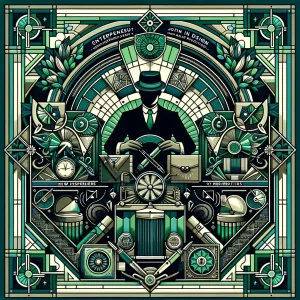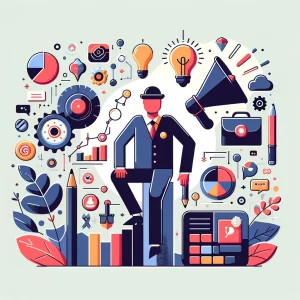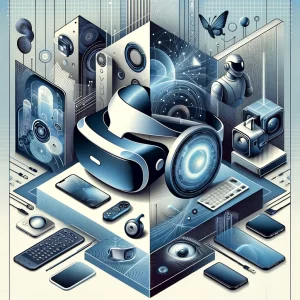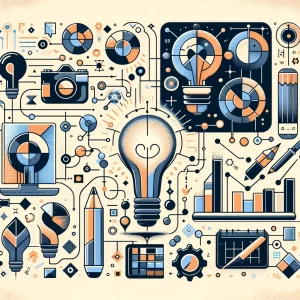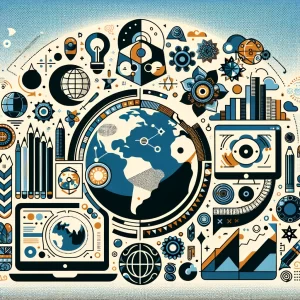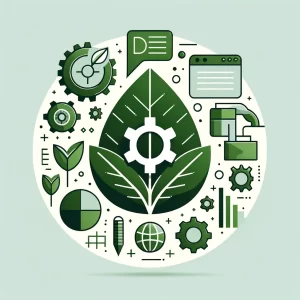
With rising global concerns about the environment, sustainable development has become a business imperative. For businesses, the path to sustainability often begins with redesigning their existing products, services, or processes to align with environmental principles. In this equation, design emerges as a powerful tool to engineer change and promote business sustainability.
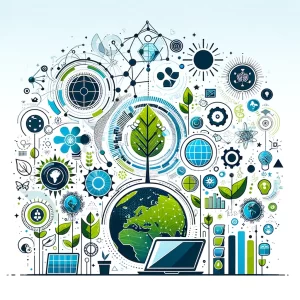
Adapting design principles to accommodate sustainability involves several steps, including resource-efficiency, waste reduction, and improving lifecycle management. These eco-conscious designs could range from creating an energy-efficient office, designing reusable packaging to developing products that produce less pollution.

It’s not all about the tools and techniques, though. Embracing eco-friendly design also necessitates a shift in mindset. It’s about viewing waste as an opportunity, focusing less on consumption, more on conservation, and understanding that good design and business sustainability are not mutually exclusive.
Several companies have situated design at the heart of their sustainability efforts. IKEA, for instance, has been a trailblazer in sustainable design for years, with its innovative flat-pack furniture, which uses fewer resources during manufacturing and reduces CO2 emissions in transportation due to its smaller size.

Looking ahead, it’s clear that the intersection between design and sustainability will play an increasingly significant role in guiding business operations. As consumers and stakeholders demand more transparency and accountability, businesses will continue to leverage design as a strategy for sustainability. In the end, sustainable design isn’t just good for the environment; it’s also good business. It’s a fitting testament to the idea that the right design can indeed make the world a better place.
